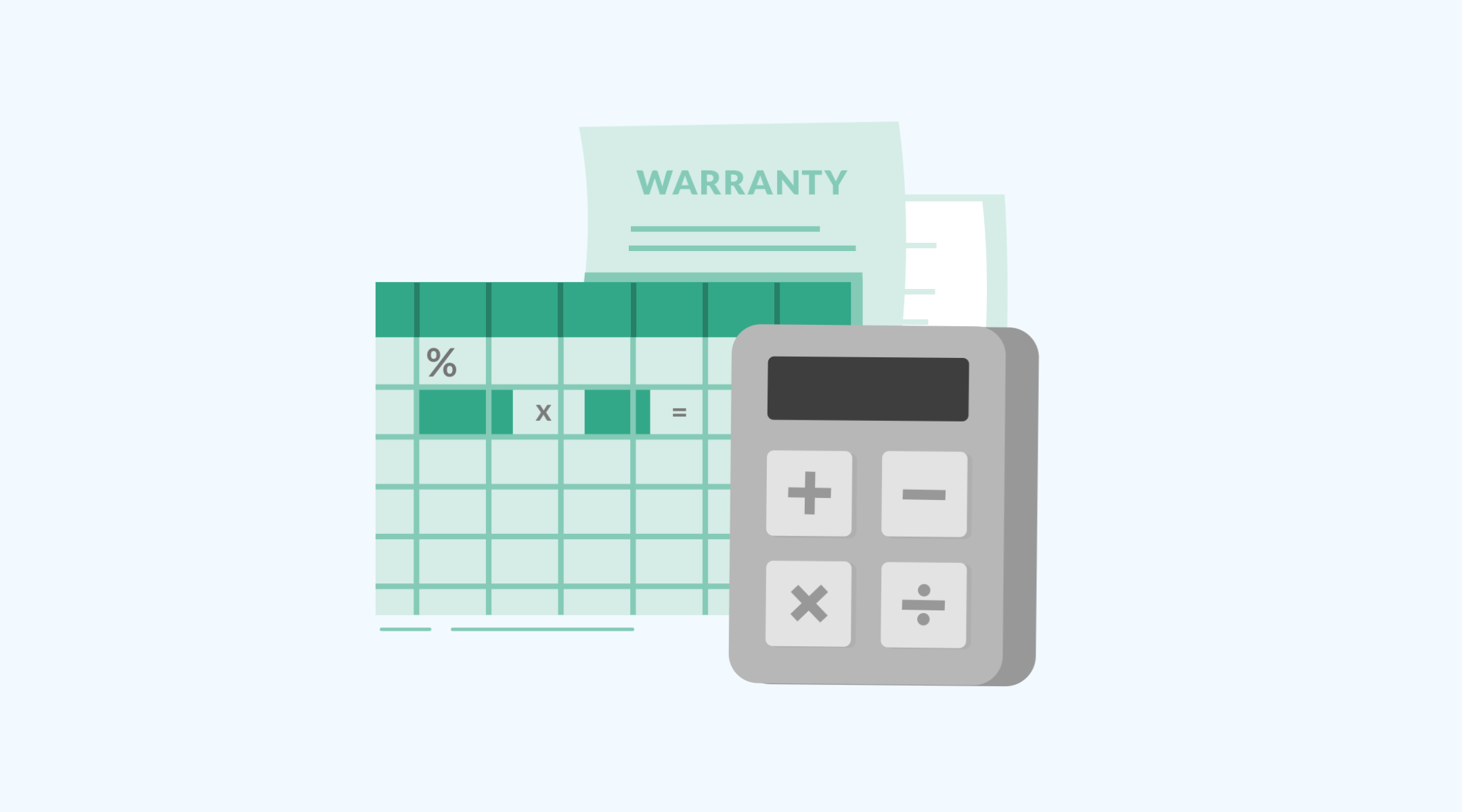If you own or operate a fleet of vehicles, then you are responsible for ensuring they are in proper working order. Whether you operate buses, taxis, trucks or something else entirely, each type of vehicle has its own performance characteristics and maintenance needs. All must be maintained properly in order to prevent damage or injury and to protect your company from liability.
Why conduct regular fleet vehicle inspections?
There are many concrete benefits to conducting regular vehicle inspections:
- Increased longevity of vehicles in your fleet
- Lower maintenance costs (see predictive maintenance)
- Reduced unexpected vehicle failure
- Increased safety for drivers, passengers, and cargo
Who should conduct the inspections?
Most heavy-duty vehicle maintenance should be conducted by properly trained and certified maintenance crews, but vehicle drivers can and should conduct daily vehicle inspections. For best results, drivers should use paper or electronic vehicle inspection forms to ensure they cover all important points.
When should I conduct vehicle inspections and maintenance?
Fleet vehicles should always go through a daily pre-trip inspection prior to leaving the lot. This walkaround inspection can be conducted by the driver provided they document the inspection on a paper, electronic vehicle inspection form, or a vehicle inspection app. Your daily list should cover:
- New or existing damage to the vehicle
- Working tires, steering, mirrors, brakes and lights
- Water, oil, fuel and other fluid levels
- Secure radiator and gas caps
- Hoses, belts, and tire pressure
- Hydraulic and fluid leaks
More thorough fleet vehicle inspections should be covered at specific mileages according to the service manual of the vehicles being maintained.
What are some vehicle inspection best practices?
Drivers and maintenance crews should obey the following best practices in order to obtain consistent and reliable results:
Document everything. All vehicle inspections should be properly documented using a vehicle inspection form. These inspection forms should then be filed and digitally stored so that the data can later be used for historical analysis and to help facilitate predictive maintenance.
Use proper inspection equipment. “Kicking the tires” is not a proper inspection procedure. Anyone conducting vehicle inspections should use pressure gauges, tire depth gauges, gloves, and a flashlight.
Know your vehicle. Every vehicle has its own driving characteristics and maintenance requirements. Drivers should know how their vehicles should handle when in optimal condition in regular driving conditions, and maintenance crews should know the proper oils, parts, and special attention required by each individual machine.
Ensure your drivers are following the procedure. It’s vital for drivers to conduct their daily inspections, especially when their trips involve many days on the road. Quiz your drivers on their knowledge of inspection procedure and request the completed vehicle inspection forms or logs. Emphasize that inspections are meant to keep them and other drivers safe, not simply for the sake of process.
In conclusion
Vehicle inspections are critical for preventing untimely equipment failures that could result in damage or injury. Fleet operators should ensure that proper inspection and maintenance schedules are properly defined and that those conducting said inspections have been properly trained in how to conduct both inspections and on-the-spot maintenance to address any issues caught by the inspections.
In doing so, you as the operator are guaranteeing that your fleet vehicles will be in good operating condition at all times and that you are making your fleet both safe and profitable in the long term.







